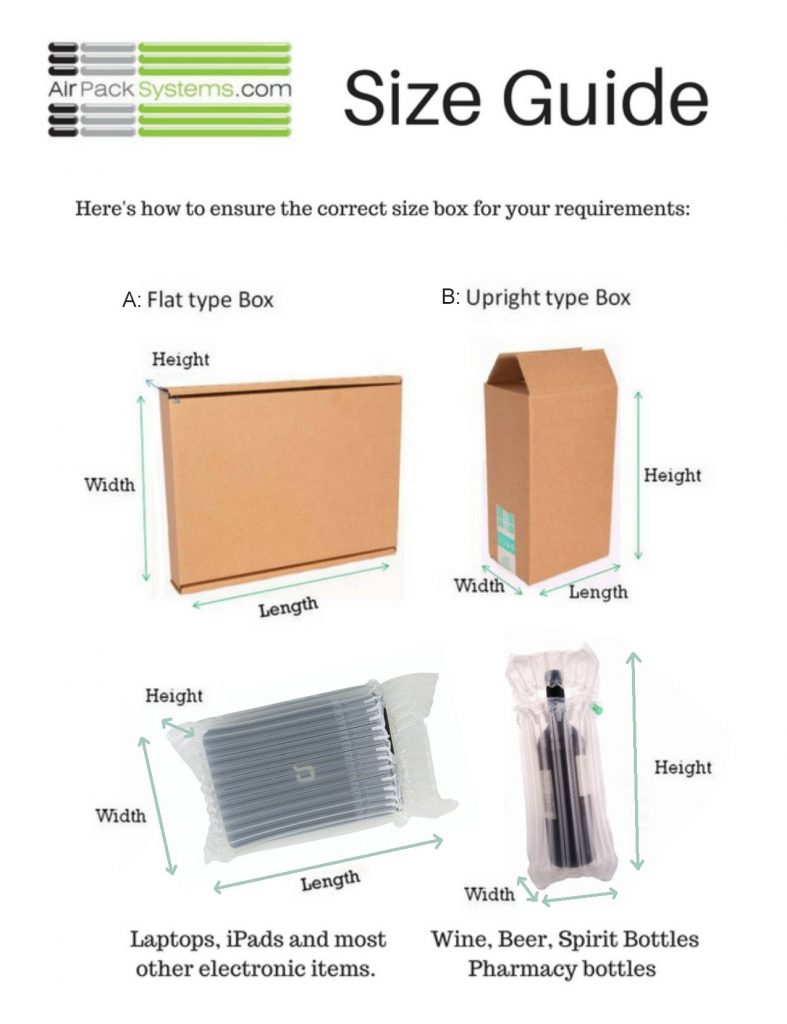Climate change is obviously a hot topic, and it’s already affecting every region on Earth, with most scientists agreed that human activity is its single biggest cause.
So, of course, lowering carbon emissions needs to be a top priority for all businesses. But despite a flurry of pledges on the climate, global emissions have continued to climb, reaching a new high of nearly 54bn metric tons of carbon dioxide equivalent in 2022. Meanwhile, yearly global CO₂ atmospheric concentrations are now more than 50% higher than pre-industrial levels.
What can businesses do?
So it’s clear that all organisations should be taking steps to reduce their emissions.
Sometimes, though, climate change can seem so dire or overwhelming that it can be hard for individual businesses to know where even to start making a difference. But one way you can make a significant contribution, and one which you may not have considered much previously, is with strategic packing solutions.
Good for you, good for the environment
Yet even small alterations to packaging and fulfilment strategies can bring about noticeable changes to greenhouse gas emissions, in turn leading to reduced carbon taxes while minimising impact on the planet.
Protect your product, protect the environment
You may not realise it, but each time you replace and resend something which has broken in transit, you up your carbon footprint. Indeed, every damaged item will add on average 18.3kg of carbon emissions. But choose the right protective packaging and you will minimise both damage and emissions, safeguarding your goods as well as your brand’s image, all while reducing waste and keeping control of costs and customers happy.
Inflatable air packaging, for example, cushions impact so that movement inside a box is lessened to an absolute minimum. There’s also less environmental waste, allowing you to use just the right amount of packaging – no more or less.
Lower emissions with environmentally sensitive materials
It clearly makes sense to use packing materials made from recycled and recyclable materials, to reduce both land and air pollution. Disposal of materials plays a key role in minimising emissions.
The knock-on effect on transport
If you get your packaging right, this can significantly reduce both size and weight of orders. Especially for bulk deliveries, you need fewer trips, thus reducing emissions and the associated expenses.
What we offer
At Basingstoke-based AirPack Systems, we’re one of Europe’s leading companies making and supplying inflatable air packaging. Lightweight yet robust, our solutions offer maximum protection for your shipments, especially for fragile goods, while minimising your impact on the environment. Our new Green-Paq inflatable packaging bags, for example, are made with OXO biodegradable material and fully recyclable.
When not inflated, our bags take up vastly less space than their paper or board-based equivalents, so you need far fewer vehicles and less storage space, all of which makes a significant contribution to reducing your carbon footprint.
Get in touch to learn more and to ask us any questions you may have.
Related Articles.
A few of the reasons why packaging really matters to your brand
By ADMIN_AIRPACK • July 16th, 2024Some businesses seem to take packaging somewhat for granted, without putting too much thought into it or its importance. Yet, especially if you’re an e-commerce organisation, packaging is something which just about every business needs to use, whatever the size of your enterprise. And you may feel that you just want to go for the […]
Read more...How inflatable packaging can improve customer retention
By ADMIN_AIRPACK • March 8th, 2024What is customer retention? Put simply, customer retention is the business of creating customer loyalty so that people make repeat purchases with you, and it says a lot about how satisfied they are with what you offer. For established brands in particular, keeping hold of loyal customers may almost be more important than attracting new […]
Read more...‘Circular industry’ and its benefits explained
By ADMIN_AIRPACK • March 8th, 2024In a circular economy or industry, materials aren’t wasted. Instead, the emphasis is on regeneration and keeping items in circulation for as long as possible. This model of consumption and production, aimed at extending products’ lifecycles, also includes: Circular industry marks a departure from the standard ‘linear’ idea, which follows a model based on consumption […]
Read more...Back to blog
